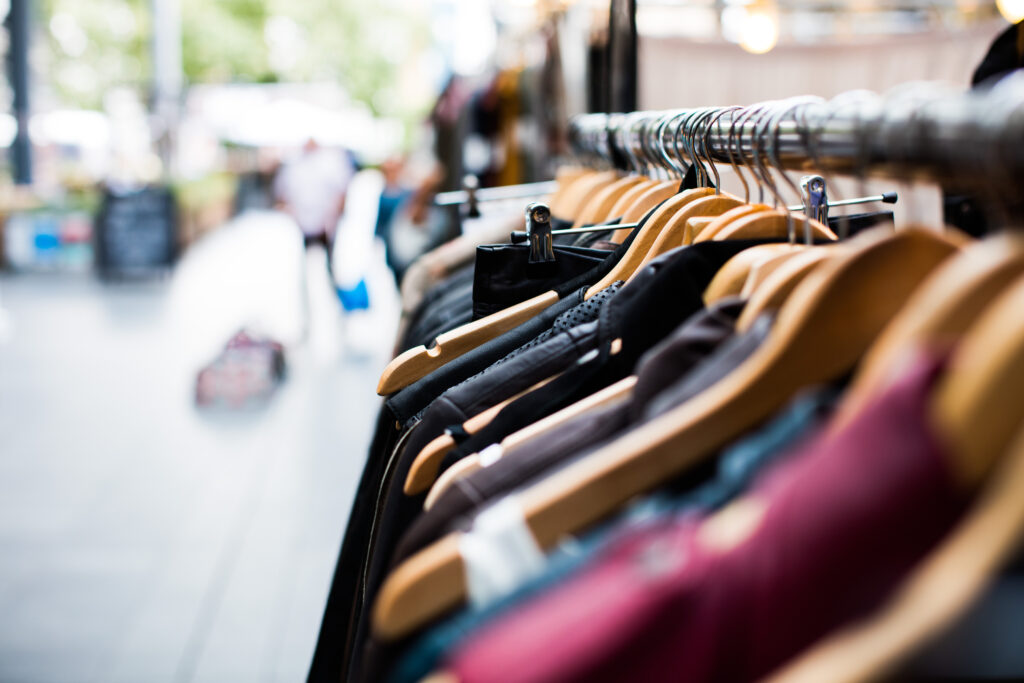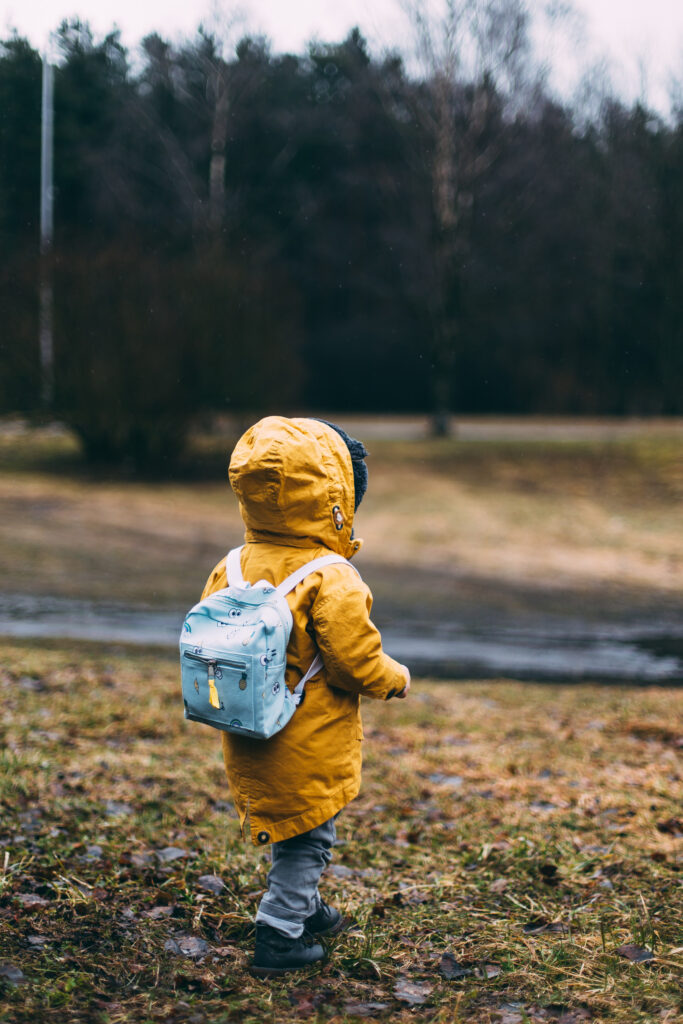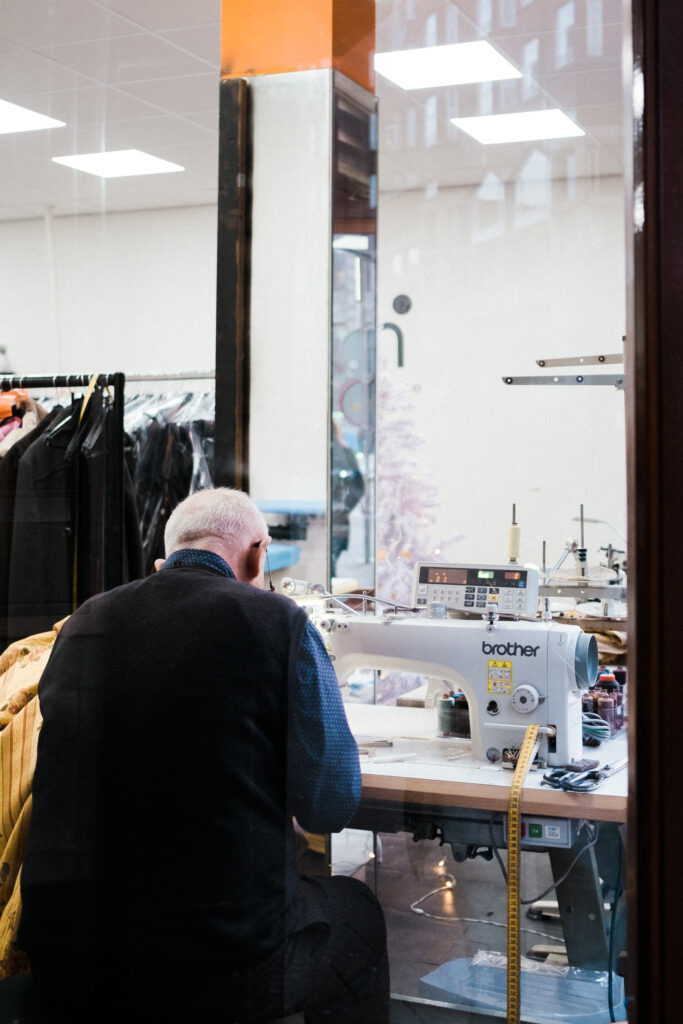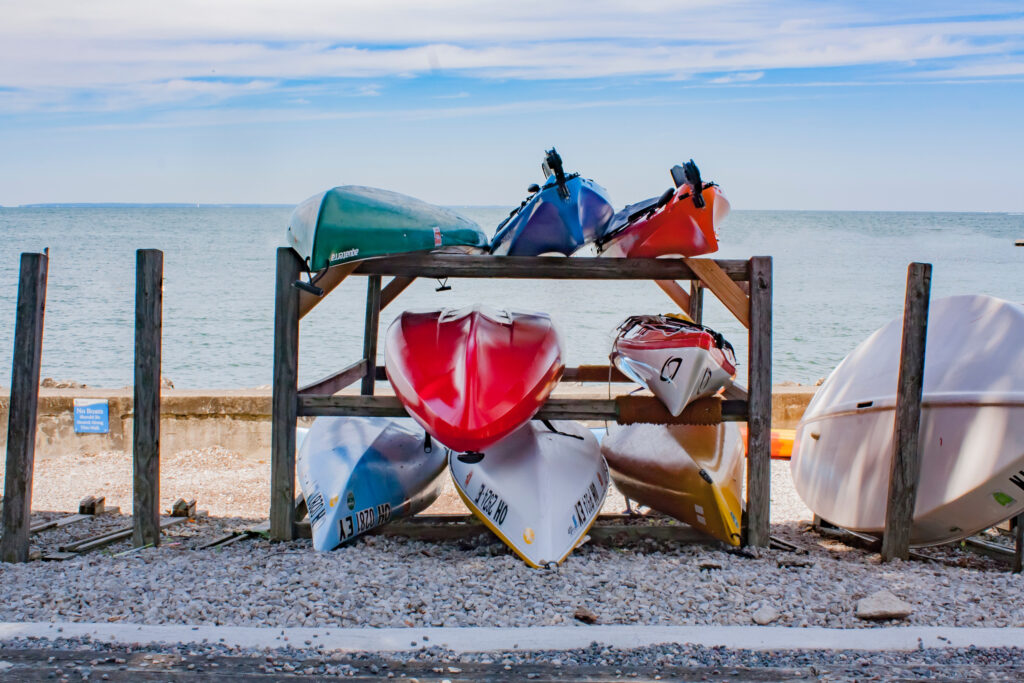
The original version of this article appeared in the membership magazine of the Swiss Alpine Club‘s Zurich-Uto Chapter, March/April 2019 edition, in German language.
Buying outdoor and sports material is not always an easy task – more so, if current equipment has has shared many an adventure. Often, a new purchase is preceded by a smaller (or larger) drama: a soaked wet alpine tour; a shoe sole developing its independent life on a mountain hike; or the principle seam of the favourite rucksack not wanting to put up with yet another outing.
Once there is no other option than to replace the old kit, the helpful support of a speciality retailer‘s shop staff can be of truly good service. After all – a lot will have changed since the last buying excursion, and who else could explain the nuances between different products, while at the same time advise on the ever difficult balance between price and performance? Notably in the face of personal requirements – and all that without breaking the bank?!
The whole procedure is strenuous enough even before the sustainability topic enters the discussion. Because an outdoor enthusiasts, certainly wants to ensure that the purchases not only guarantee performance and personal comfort. They preferably also support brands, that have done (or are doing) their homework where labour and environmental impacts are concerned. Both, in their product but also in their supply chains.
The following key questions are therefore intended to support you – the sports and outdoor loving shopper – when looking around for a refresh or update of your kit.

Question 1: When and where will the kit exactly be required? For what kind of activities? In what climatic region, and for what duration? What performance level can in all honesty be delivered (e.g. ski touring on the easy/low difficulty side, or rather on the difficult/very difficult side)?
- Background:
An expedition to Mount Everest evidently puts different demands on the equipment than a climb of Mont Blanc using the normal route, or a fairly easy alpine tour such as to the Vrenelis Gärtli in central Switzerland. Bivvying in the summer is clearly not the same as bivvying in the winter. Goes without saying!
Products though are typically designed and produced such as to survive (also due to legal requirements) their ‘killer point’ application. In some cases, for example when it comes to durable water repellents, the consequence is that the applied chemicals and materials intended for extreme undertakings are more damaging to the environment than those required for the average John Smith-Outdoor. - What you can expect from the shop staff:
You can expect that they ask you clear and precise questions as to where and how you intend to use the kit you’d like to purchase. You can equally expect that the retail staff is well informed about the differences in product ingredients, components and attributes that differentiate a high-performing (competition and expedition) product from one suitable for the rest of us.

Question 2: Does the product, or the producing brand, carry a credible certification or label?
- Background:
meaningful, stringent and independent certifications and labels are a suitable instrument to separate the wheat from the chaff. For the following topics such labels do already exist: ‚down‘, ‚wool‘, ‚cotton‘, ‚recycled materials (polyester, wool, cotton, nylon etc; GRS)‘, ‚aluminium‘, ‚chemical management‘ (various) as well as ‚labour conditions‘ (various). Unfortunately, it is for a consumer sometimes hard to recognise if indeed a product or brand uses a ‘good’ label. - What you can expect from the shop staff:
You are entitled to insist that they introduce you (only!) to products and brands that feature credible attributes, and that they can also explain in detail what those labels exactly mean.
Proprietary brand labels (e.g.‚Green Shape‘ or ‚Sustainable Choice‘) merit generally speaking some critical questions. A few (like the two just mentioned examples) are based genuine and thorough ground work by the respective brand – but that is by far not always the case. Therefore, in the case of brands’ proprietary labels, you can expect that the shop staff is knowledgable as to why they consider the label stringent and meaningful.
If you’re in doubt about the expertise of the shop staff, the following labelling guides might be helpful:- German: ‚Siegeleinkaufsratgeber‘ by Greenpeace Germany
- German: ‚Siegel von A bis Z‘ by “Christliche Initiative Romero” (CIR)
- English: ‘Textile Standards & Legislation’ by the publishers of Ecotextile News.
- English, Spanish and French: ‘Sustainability Standards Map’ by the International Trade Centre (ITC; also allows for quality comparison between different existing standards and labels)

Question 3: Is the product a durable quality product? Can the product (‘easily’) be repaired or resoled? Do spare parts exist? Does the brand offer an affordable repair service? Is the product upgradable (e.g. by adding a winter hull to a 3-season tent for year-round use)?
- Background:
The lightweight hype of the last few years has shown some unintended side effects. Very light products are much more sensitive to wear and tear, and hence more susceptible to failure. In short: they tend to be a lot less durable and long-lived. Yet, it makes little sense to discard a well-fitting jacket, or an equally comfortable ski boots, sleeping bag, rucksack or tent, just because there is a wee hole, a buckle missing, or a broken zip. Because the alternative is to spend good money for a replacement. - Good to know:
The right kind of patches for outer wear, sleeping bags or tents offer a simple, user-friendly, yet effective quality remedy. Zips are – given the right equipment – quite easily and painlessly replaceable; and the same is the case for tapes to fix seams. Rucksack buckles exist these days off the peg. Even the screws and claps of expensive ski boots are increasingly frequently standardised …And finally: a quality resoling job, done by a well versed cobbler, typically costs barely half the price of a new pair of hiking shoes! - What you can expect from the shop staff:
You can expect that the they – drawing on their seasoned sales experience – are able to advise on which brands and products are reliable and durable, and hence give you long-lived service. More expensive – unfortunately – does not always mean better. But cheap, may well be too cheap.
The shop staff should also know for what components there are spare parts and repair kits available, and which brands offer repair services to their customers (beyond the guarantee period). Some brands even offer repair service for their competitors’ products (though against payment, of course 😉 - Caveat:
There is a bit of catching up needed however when it comes to the retailers’ customer service and cost transparency: 3rd party or DYI options are rarely, if at all, communicated to customer, i.e. you the sport and outdoor enthusiast. Particularly so if said service could be performed much more cost effectively through a specialist in the neighbourhood or in town (like, the quality cobbler I just talked about above), rather than by or through the retailer.

Bonus Question 1 – to yourself: Is it really worth owning the kit, to really buy it new? Would borrowed or pre-loved also do the job? And what about rental? Or could (temporarily or for good) repurposing of something you already own be ‘good enough’ for the plans you have?
- Background:
Most kit that people own is used very scarcely – often not at all even for extended periods of time (years?). In other words: the material knocks about cupboards, ward robes, or boxes without being used. This is little efficient, expensive and sometimes not conductive to the quality of the kit either. Rental, borrowing or pre-loved (used) purchases not only optimises the use of the kit across its lifetime, but also, just as importantly, goes easy on the wallet – and as it happens also on the environment. - What you can concretely do:
Ensure that the kit is being used as often as possible. There is nothing more depressive than expensive high-end equipment that “lounges” around home without hardly seeing the light of day.
Bonus question 2 – directly to the brands: Who really made this kit / product?
- Background:
All brands know in principle their direct suppliers (also called tier 1). It should therefore not be particularly difficult for them to name the factory where your product was produced. Ask hence your favourite brand about that information – e.g. via social media using the hashtag #WhoMadeMyClothes. - What you can expect from the brand:
name of the factory, its address, and possibly even pictures of the production staff.
At last, but not least, a few words about the expectations towards (specialty) retailers and their sales staff:
Some (specialty) retailers train their staff sufficiently well to answer the above listed question quite comfortably. In other cases this is not so much the case. It could therefore happen that they may try to get rid of, or distract you.
Stick to your guns! Communicate your expectations clearly, and do not hesitate to critically question the information and answers you are being given. First – the questions are not really difficult to answer provided the retailer takes you, and the questions, seriously. And second: it is the task of the retailer and its staff to have answers to the above questions either ready, or at least to be willing to research them. That is where their added value lies: If the retailer can live up to these expectations, then they are definitely worth their somewhat higher price relative to their online competition.

